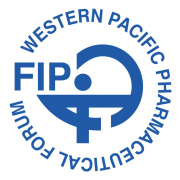New WHO Book Showcases Ways to Safeguard Medications
8 MARCH 2012 | GENEVA
The evolving threat of antimicrobial resistance – Options for action
Note for the media
A new book, The evolving threat of antimicrobial resistance – Options for action, launched by WHO, showcases examples of actions taken to slow down drug resistance and preserve the ability of medicine to effectively treat many infectious diseases. The steps taken by governments, health facilities and providers, and others are examples of what is recommended in the 2001 WHO Global Strategy for Containment of Antimicrobial Resistance.
Over several decades, powerful medicines have been developed to treat diseases such as tuberculosis, malaria, HIV, influenza and many bacterial infections, and all medicines used to treat these infections will likely become ineffective because of resistance at some point. Antimicrobial resistance (AMR) has evolved to become a worldwide health threat. Of critical importance, every antibiotic ever developed is at risk.
More expensive to treat common infections
This makes it difficult and more expensive to treat many common infections, causing delays in effective treatment or, in worst cases, inability to provide treatment at all.
“In terms of new replacement antibiotics, the pipeline is virtually dry. But much can be done,” says Dr Margaret Chan, Director-General of WHO. “This includes prescribing antibiotics appropriately and only when needed, following treatment correctly, restricting the use of antibiotics in food production to therapeutic purposes and tackling the problem of substandard and counterfeit medicines.”
Drug resistance causes increased and prolonged illness, a greater risk of complications and higher death rates. Infections which are increasingly resistant to antibiotics are causing a heavy disease burden, particularly in developing countries.
